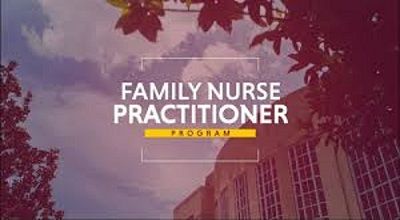Become a Marriage and Family Therapist
Becoming a Marriage and Family Therapist (MFT) typically involves a combination of education, supervised clinical experience, and licensure. Here are the general steps you can follow to become a Marriage and Family Therapist:
Educational Requirements:
- Obtain a bachelor’s degree: While there isn’t a specific undergraduate major required, many MFT programs prefer applicants with a background in psychology, social work, counseling, or a related field.
- Earn a master’s degree: You will need a master’s degree in Marriage and Family Therapy or a closely related field. Look for programs that are accredited by the Commission on Accreditation for Marriage and Family Therapy Education (COAMFTE).
Gain Relevant Experience:
- During your master’s program, you will likely need to complete a certain number of supervised clinical hours. This involves working directly with clients under the supervision of a licensed therapist.
- Some programs may also require additional supervised internship or practicum hours, providing you with hands-on experience in a clinical setting.
Licensure:
- After completing your master’s program and obtaining the required clinical hours, you will need to pursue licensure. Licensure requirements vary by state, so it’s crucial to research and understand the specific requirements in the state where you plan to practice.
- Typically, licensure involves passing a national or state-specific exam. In the United States, the most common national exam is the National MFT Examination (NMFCE).
Supervised Post-Graduate Experience:
- Many states require a period of supervised post-graduate experience before granting full licensure. During this time, you’ll continue to work with clients while receiving supervision from a licensed MFT.
Application for Licensure:
- Submit the necessary paperwork and fees to the licensing board in your state. This may include transcripts, proof of clinical hours, and exam scores.
Continuing Education:
- Once licensed, you will likely need to engage in ongoing professional development and continuing education to maintain your license. Requirements vary by state, so be sure to stay informed about your specific obligations.
Consider Specialization and Certifications:
- Some MFTs choose to specialize in specific areas, such as couples therapy, child and adolescent therapy, or trauma counseling. Pursuing additional certifications or training in your area of interest can enhance your expertise and marketability.
Final Words
It’s important to note that the specific requirements for becoming a Marriage and Family Therapist can vary by country and state, so it’s essential to check with the relevant licensing board in your jurisdiction for the most accurate and up-to-date information.





